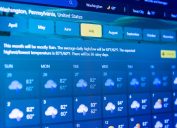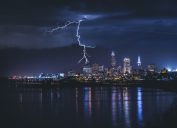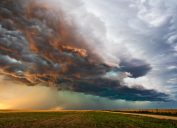"Dangerous Cold" Wreaking Havoc on the U.S.—When It Will Lift in Your Region
But even when temperatures rise, more cold weather could be on the way for some areas.

No matter where you live in the U.S., there's a decent chance you woke up to a severe chill in the air this morning. A major "arctic blast" is now blanketing the country, bringing freezing temperatures to nearly every corner of the nation. On Jan. 15, almost half of the entire population was under a wind chill warning or advisory as the frigid weather grounded flights and led to at least nine deaths, USA Today reports. Read on to see when the "dangerous cold" currently wreaking havoc will lift in your region.
RELATED: A "Polar Vortex" Is Expected to Hit the U.S. Soon—Here's What to Know.
Midwest and Northeast

Those living in the northern parts of the U.S. are no strangers to frigid weather, but this winter is already off to a fairly quick start when it comes to extremes. Areas in the Midwest and across the Plains States were some of the first to feel the "arctic blast" after a frigid airmass pushed south on Saturday, The Weather Channel reports.
Today, Chicago might not see the mercury rise above zero degrees, while morning lows in cities including Minneapolis, Kansas City, and Denver will stay well below freezing through Friday. Overall, the region should expect at least another 24 hours of "record-breaking cold temperatures [that] can be expected across much of the Rockies, Great Plains, and Midwest today, with wind chills below minus 30 extending into the mid-Mississippi Valley this morning," the National Weather Service (NWS) wrote in its updated forecast on Jan. 16.
Meanwhile, many in the Northeast are waking up to the first sight of snow in nearly two years after New York City, Baltimore, and Philadelphia started the day with one to three inches of the white stuff on the ground, CNN reports. However, the novelty may soon wear off as more snow is expected to hit the region as the week goes on. This is especially true in Buffalo, which could see upward of one to three feet through Friday on top of a heavy drop that already crippled the region with three feet of snow earlier this week.
Freezing temperatures are expected to linger in the region through tomorrow as snow continues to pelt New England through this evening. Travelers may also notice delays as more than 1,000 flights have been canceled nationwide on Jan. 16, particularly in the Northeast and Mid-Atlantic, NBC News reports.
RELATED: Weather Predictions Keep Changing—What the Unpredictable Shifts Mean for You.
South and Southeast

The latest bout of freezing temperatures is also pushing much further south than usual. Low temperatures on the northern stretch of the Gulf Coast are expected to reach as low as 20 degrees, while some parts of Texas saw early morning temperatures dip into the teens, The Weather Channel reports. Icy conditions were also reported in Mississippi and Alabama.
It might also be a while before mild winter weather returns to the region. Cities across the South and Southeast, including Memphis, Nashville, and Dallas, are forecasted to stay below freezing for the next 72 hours, CNN reports.
RELATED: 10 Signs Our Winter Could Be Brutal, Farmer's Almanac Says.
Pacific and Interior Northwest
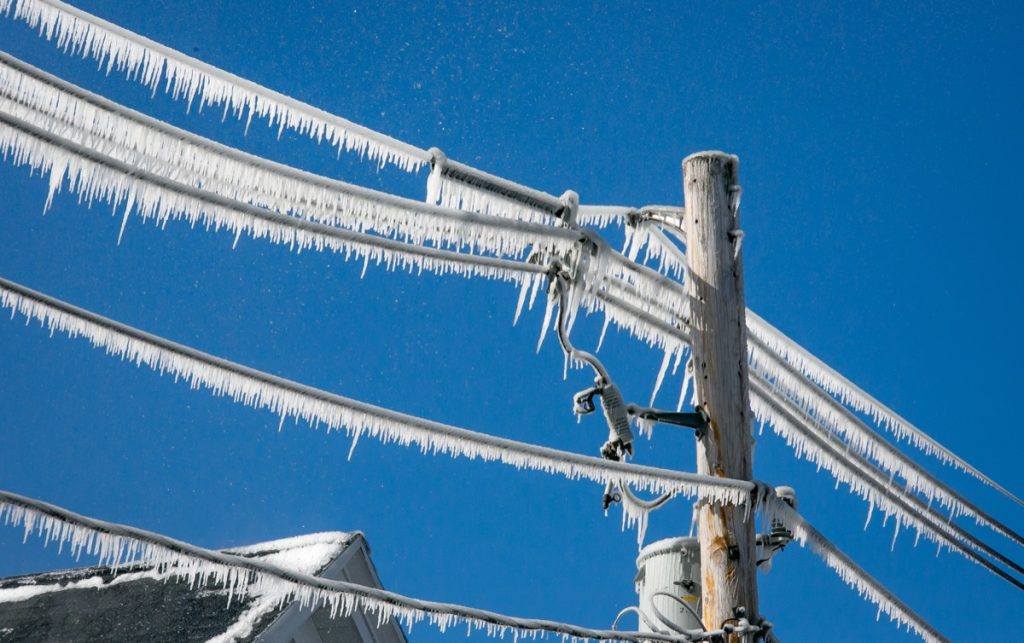
Those living in the Northwest are also seeing the thermometer drop. Residents in Oregon have been battling against widespread power outages since Jan. 13 after freezing rain coupled with high winds brought down trees and power lines across the state, USA Today reports. Meanwhile, temperatures from Idaho through Montana remained among some of the coldest in the U.S., with some places reaching as low as minus 40 degrees with the wind chill.
Unfortunately, there could be more trouble in the near future. Temperatures are forecasted to remain low over the next 48 hours as more ice storms hit Oregon and Washington on the evening of Jan. 16 through the following morning, CBS News reports.
…But another widespread cold snap is expected to follow in the coming days.
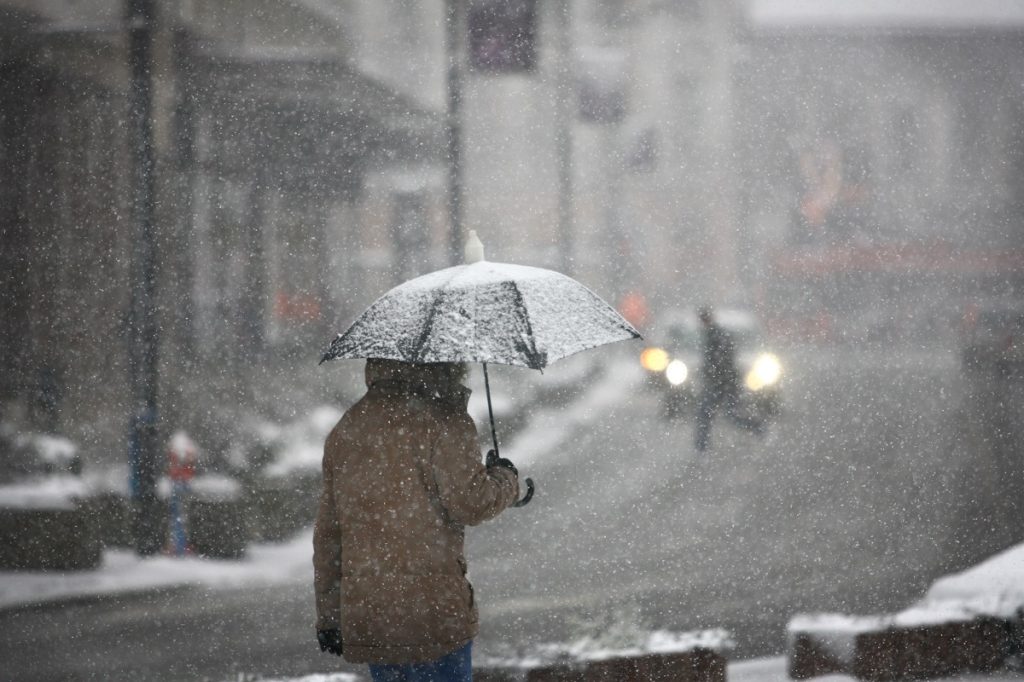
Even though the mercury is expected to rebound in some places within the next day or so, the relief might be short-lived. Meteorologists warn that similar conditions are expected not long after this snap subsides.
"Unfortunately, another surge of frigid Arctic air is expected to plunge southward out of Canada later this week, which could lead to more of the same dangerous cold weather across the Midwest and Deep South by the end of the work week," the NWS forecasted, per People.
But while the oncoming airmass is forecasted to hit the U.S. as early as Jan. 18, it's also expected to be 10 to 15 degrees warmer than current conditions, The Weather Channel reports. However, officials cautioned that single-digit conditions still warrant taking extra precautions.
"The dangerously cold wind chills could cause frostbite on exposed skin in as little as 10 minutes," the NWS warned, per CNN. "Avoid outdoor activities if possible. If you must be outside, wear appropriate clothing, dress in layers, and cover exposed skin."
"Keep pets indoors," the agency added. "Have a cold survival kit if you must travel."
RELATED: For more up-to-date information, sign up for our daily newsletter.

